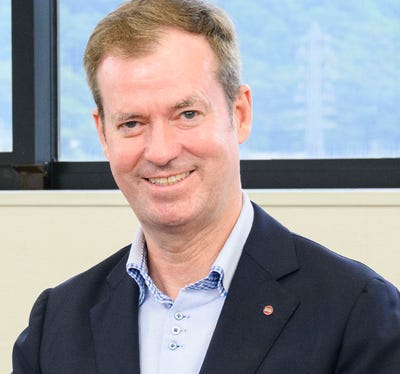Acrylic Rear Lens Enters SPE Auto Hall of Fame
The 2023 Automotive Innovation Awards recognized the material’s first use in the 1948 Cadillac Series 60, 61, and 62 models.
November 26, 2023

The industry’s first acrylic rear lens, used on the 1948 General Motors Co. Cadillac Series 60, 61, and 62 models, has been named the 2023 Hall of Fame winner by the Automotive Division of the Society of Plastics Engineers (SPE). The acrylic, made possible with the invention of a polymer called polymethyl methacrylate (PMMA) by Dr. Otto Röhm in 1932, was a game changer, replacing ground glass and enabling a renaissance of new lighting designs for all OEMs.
PMMA lenses an industry standard
To be considered for a Hall of Fame award, an automotive plastic or composite component must have been in continuous service in some form for at least 15 years and been broadly adopted in the automotive industry. This application certainly qualifies, as PMMA lenses are an industry standard known for glass-like optical properties at about half the weight of glass. PMMA offers numerous design and quality benefits, making it the premier material for lighting applications and more on all automotive vehicles and numerous other products.
A postwar revolution in automotive lighting
General Motors pioneered a revolution in automotive lighting by using PMMA on the 1948 Cadillac rear lamp lens, and other OEMs followed. From the perennial 1950’s "shark fins” to the modern “coast-to-coast” light bars, PMMA has played an integral role in the advancement of automotive lighting designs in both form and function. A variety of specialty PMMA grades designed for OEM-specific styles and applications are currently available, including non-transparent, high-gloss black versions (for paint replacement/exterior trim); various diffusive types (for LED edge/back lighting); and even infrared transparent variations designed for laser welding and radar/LiDAR covers.
PMMA resin is acclaimed for its balance of properties that lens applications require, including UV resistance (non-yellowing), flexible colorability, chemical resistance, hardness, and scratch resistance. It is also recyclable via chemical depolymerization. PMMA is well positioned for emerging new vehicle designs, where industry has coined “light is the new chrome,” ensuring its role as a key to innovative lighting and more into the future.
The companies involved in developing the first acrylic rear lens include:
OEM — General Motors
Molder/processor — Fisher Body Division
Material supplier — Röhm & Haas OHG (Germany), now known as Röhm GmbH.
About the Author(s)
You May Also Like




